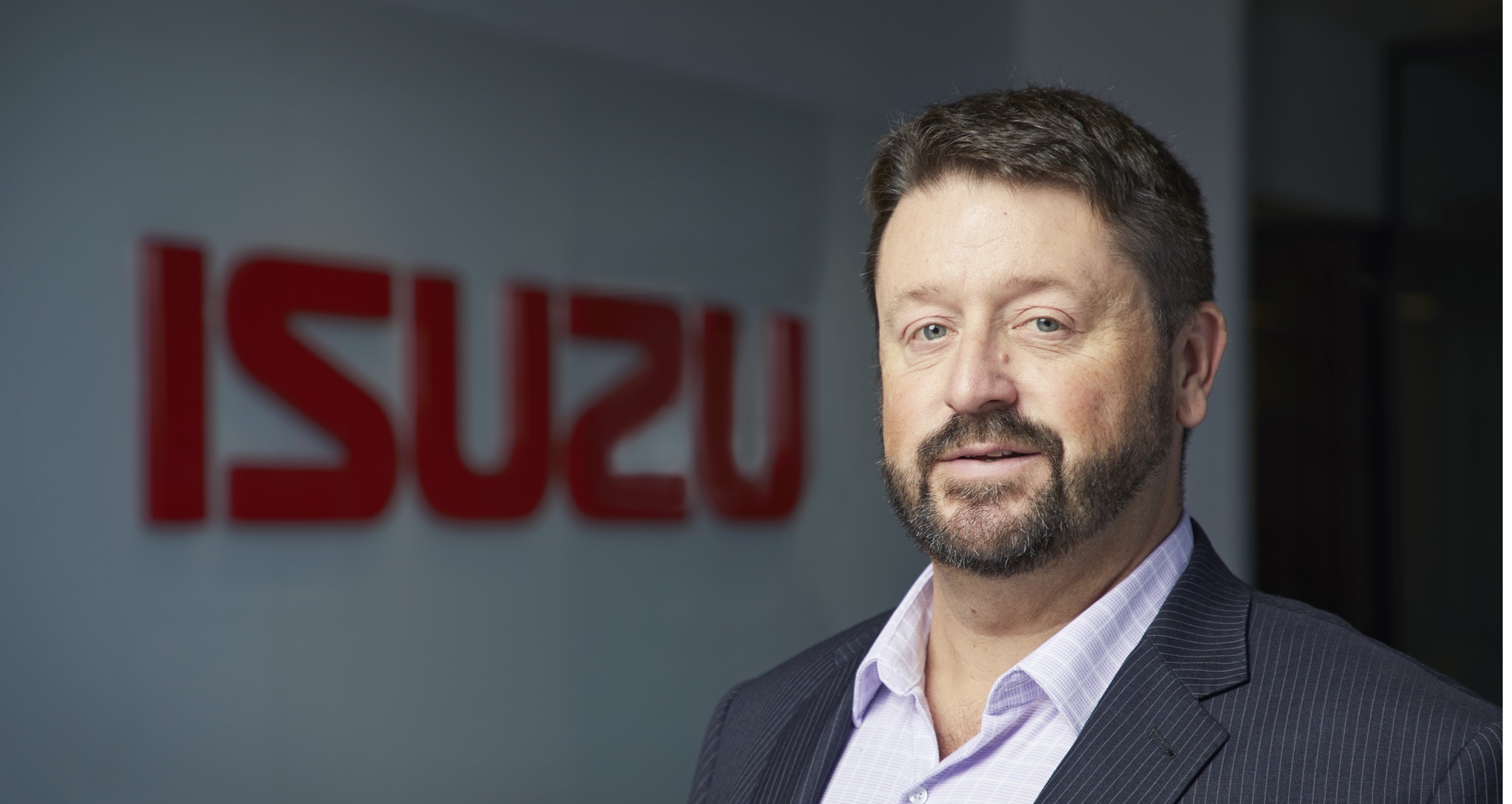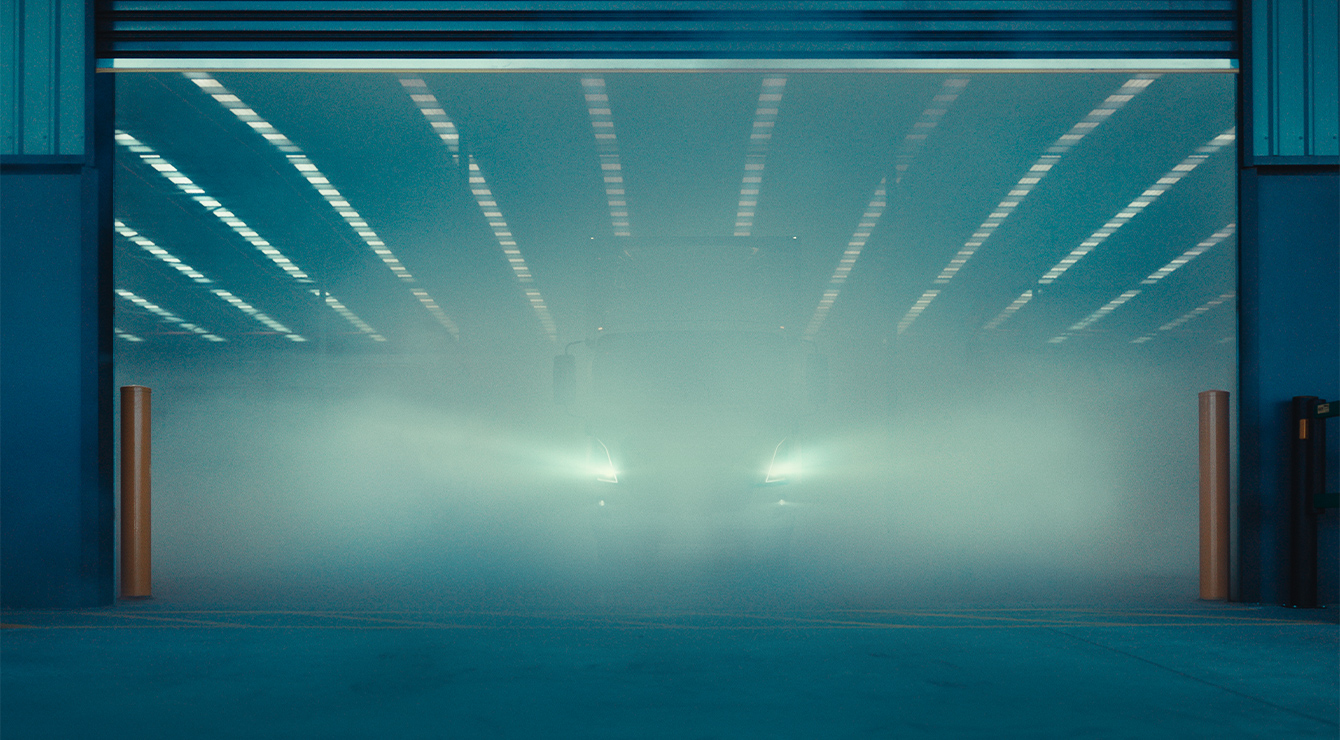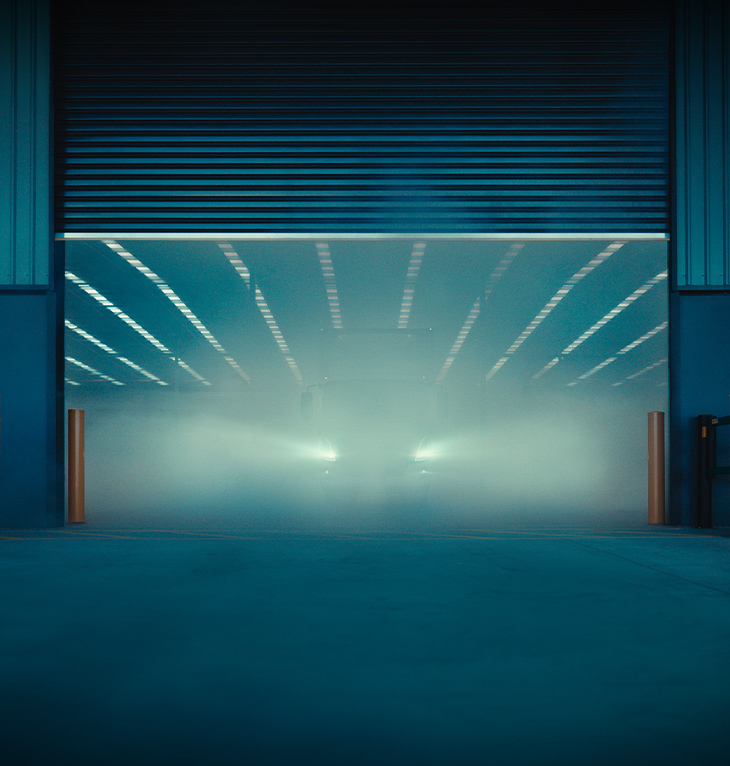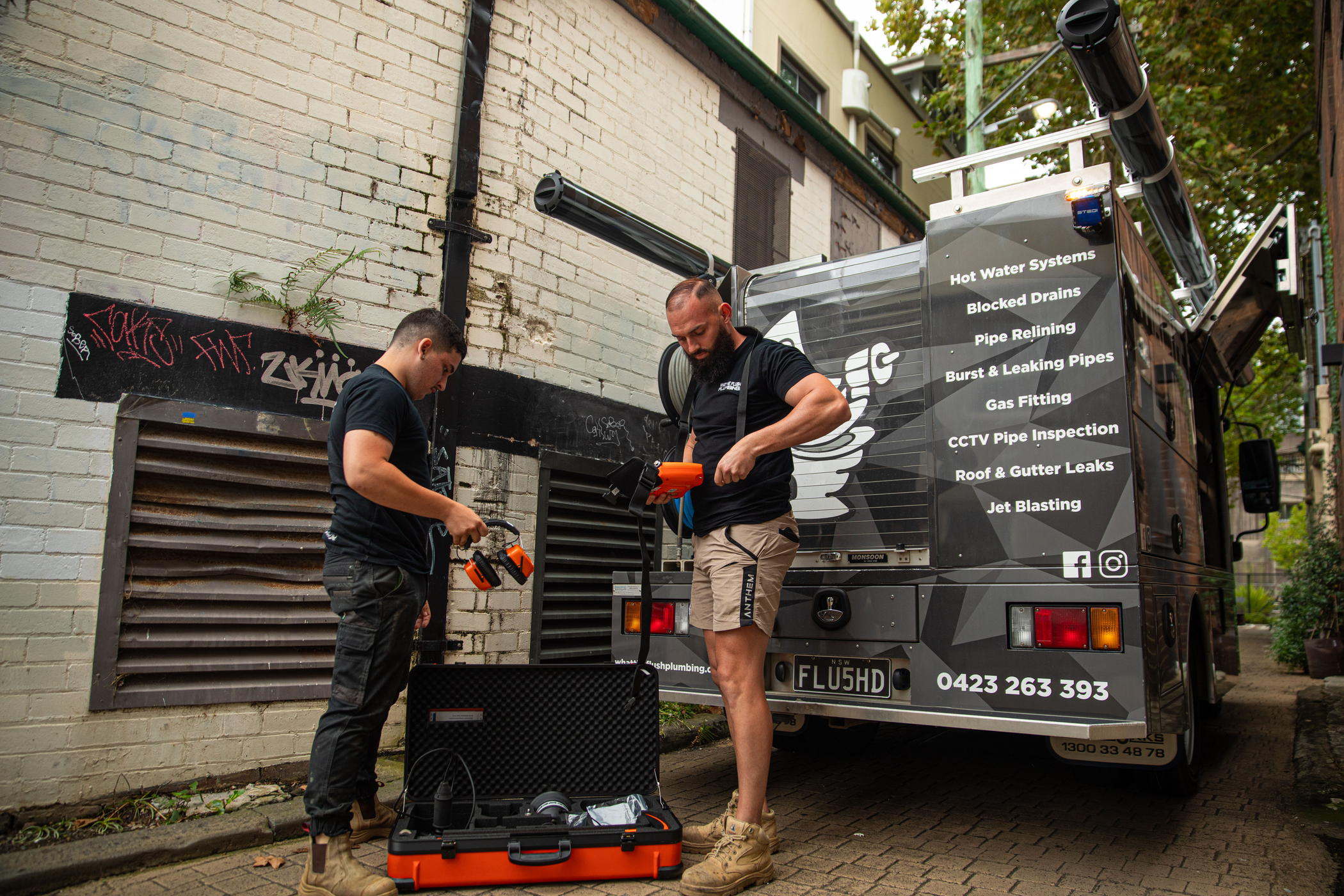ISUZU COMMENT: CONFRONTING AUSTRALIA’S AGEING TRUCK FLEET

Andrew Harbison, Director and Chief Operating Officer, Isuzu Australia Limited As industry groups in Europe and the US debate when and how to move to Euro 7/VII and equivalent vehicle emission limits, here in Australia it appears that we may soon have some certainty for the introduction of Euro-VI limits for heavy vehicles, having had mandatory Euro-V new vehicles on the road for more than 11 years so far. We expect that Euro-VI compliant engines for all new trucks sold will be required by second half of 2025. On the other hand, Euro-6 for light vehicles is potentially a little further away due to issues around petrol fuel quality sold in Australia. As Australian vehicles progress slowly towards improved emissions standards, the question remains, what part does this country’s ageing truck fleet play in applying the handbrake to the important goal of cleaner air for the generations ahead?
UNDERSTANDING EMISSIONS
By way of some background on this issue, European emission standards were first introduced in 1992 to lower harmful exhaust emissions of new vehicles sold in the European Union (EU), the European Economic Area (Iceland, Liechtenstein and Norway) and the United Kingdom. More than 80 per cent of the global car market has already adopted Euro 6 vehicle emission standards, including Europe, the United States, Canada, Japan, Korea, China, India and Mexico. Under the current Australian regulations, all heavy vehicle models sold in Australia must comply with the Euro-V noxious emissions standards. In 2015, the former government set up a Ministerial Forum on Vehicle Emissions to review whether Australia should adopt the Euro 6/VI standards. That is, Euro-6 for cars and other light vehicles, as well as Euro-VI for heavy vehicles. In late 2020, the federal Department of Infrastructure, Transport, Regional Development and Communications released draft regulation impact statements (RIS) that estimated the costs and benefits of improving noxious emissions standards for light and heavy vehicles. Adopting the next level of emission limit, the Euro 6, would reduce the emission limits for oxides of nitrogen (NOx) by up to 80 per cent and reduce emission limits for particulate matter by up to 66 per cent, according to the RIS. The RIS found adopting the stricter emission targets would generate significant benefits for government in the form of $6.7 billion in avoided health costs. But there would also be significant costs for vehicle makers. "The analysis suggested that, if adopted, the introduction of Euro VI for heavy vehicles for all newly approved models manufactured from 1 July 2027 and for all new heavy vehicles manufactured from 1 July 2028 would result in … increased capital costs to manufacturers of $985 million over the period to 2050,” the RIS said. 
PICKING UP THE TAB
While my organisation, Isuzu Australia Limited, (IAL) wholeheartedly supports the move to cleaner vehicles, its counter-productive to suggest vehicle manufacturers alone should foot the entirety of this bill. Industry needs improved clarification on when new emission limits will be introduced. Everyone involved in the road transport industry needs time to plan and prepare for the stricter limits, which for some will mean a significant capital investment. The new Australian federal government, elected in May, has already signalled a strong commitment to reducing greenhouse gas emissions. On June 16, Prime Minister Anthony Albanese said Australia’s new Paris agreement commitment would be to reduce emissions by 43 per cent by 2030. According to the federal government’s Green Vehicle Guide, emissions from light passenger and commercial vehicles account for 61 per cent of greenhouse gas emissions produced in Australia. That means the transport industry, in lockstep with government, has a big part to play in Australia’s effort to reduce its emissions footprint. 
IN WITH THE NEW
IAL is strongly in favour of Australia’s transport fleet becoming cleaner and greener, which with the current technological advances also means safer. And that means getting older, unsafe trucks off the road and replacing them with low-emission vehicles. Isuzu believes the federal government could offer incentives to owners of pre-1996 trucks to upgrade to Euro-V or higher compliant truck models. This could be in the form of an accelerated depreciation or investment allowance. To this end, there’s several different models that could work, but any allowance should work in concert with addition to the existing uniform capital allowance and to be fully effective, should include a provision for the purchase of late model second hand trucks too. The outcomes of this are as straightforward as they are beneficial - vastly improved emissions standards, improved overall road safety and greater efficiencies, more uptime equating to economic gains through improved productivity.
HOMEFRONT
IAL and its parent company Isuzu Motors Limited in Japan have committed to achieving net zero greenhouse gas emissions by 2050. This will be achieved in part by reducing energy use and actively introducing clean, renewable energy technologies. To make sure Isuzu meets its 2050 targets, the company has set some goals, including identifying the required technologies by 2025 to have a 100 per cent carbon neutral product line-up by 2040. By 2030, Isuzu also aims to have halved the level of the company’s 2013 carbon dioxide output. Isuzu has a proud history both globally, and here in Australia, of working to transform road transport products for the better and to our collective benefit. As Euro-VI looms for new trucks, it’s time to eat the emissions elephant one bite at a time, and from both ends.


The all-new Isuzu truck range is about to arrive.
Register your interest and we'll keep you in the loop with the latest updates.
Learn More



